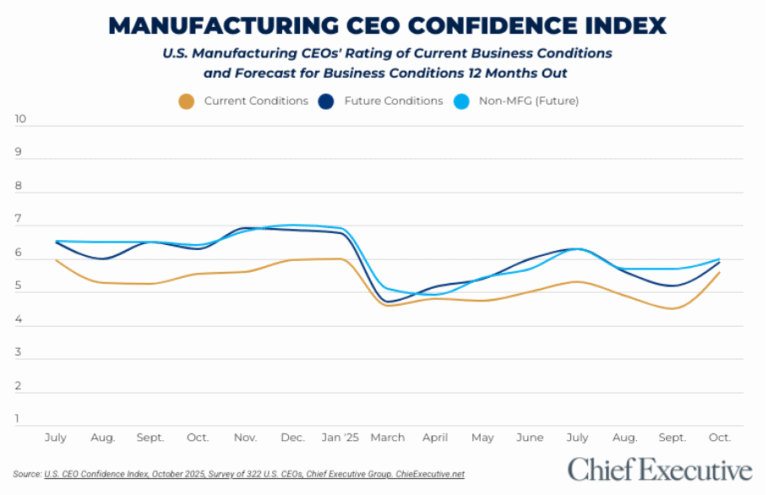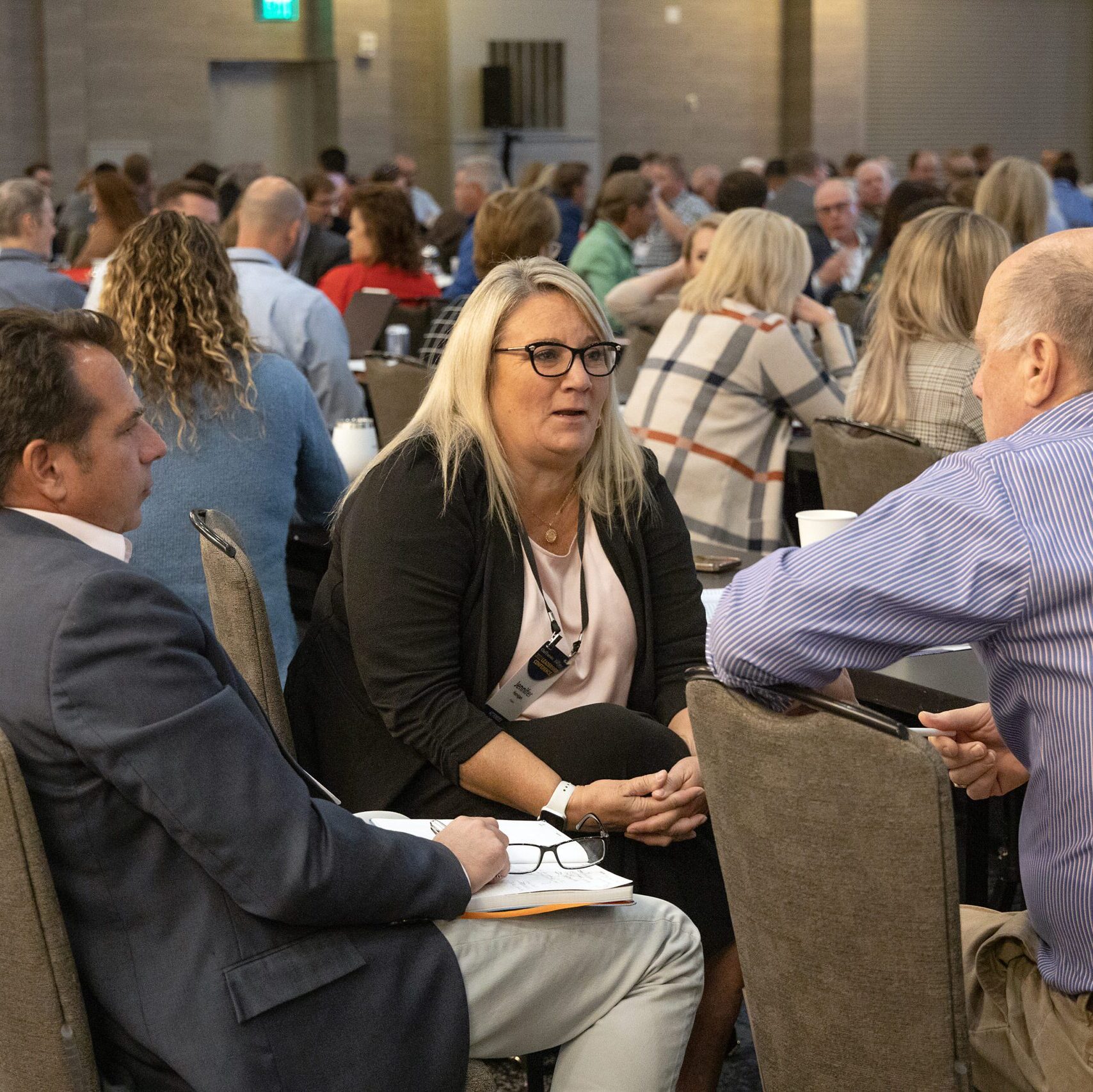


As most CEOs are well aware, the AI transformation represents more than technological evolution—it’s a fundamental recalibration of customer expectations that demands equally fundamental changes to product strategy and design. Companies anticipating a smooth ride on this AI wave by merely augmenting existing user experiences with chatbots or superficial AI-assisted features are in for disappointment. Users have already become accustomed to the full extent of AI’s “superpowers,” and succeeding in this new era will require a fundamentally new approach to product.
Since transformer-based large language models (LLMs) like ChatGPT launched into public consciousness just three years ago, businesses of all sizes have been scrambling to figure out how to jam AI into their product. Understandably so, as everyone from startup founders to Fortune 500 CEOs now must prove to investors and prospective customers that they’re keeping on the cutting edge of this disruptive technology.
But businesses haven’t been alone in their exploration of AI; consumers have been diving deep alongside them, too, discovering for themselves what the latest language and reasoning models can do—which, it turns out, is a lot.
Needless to say, AI has become deeply embedded in daily life. OpenAI’s ChatGPT amassed 100 million users faster than any other product in history. Young people, in particular, have flocked to integrate AI into their routines. A recent Gallup survey found that nearly half of Gen Zs use generative AI weekly, with 79% having used AI tools at some point.
This blazingly fast consumer adoption cycle presents an existential question for businesses: if a general-purpose AI like Athropic’s Claude can seemingly address any query or perform any task, what is the unique value proposition of a specialized product or service? Why would users navigate a complicated e-commerce site with limited inventory, for instance, if their preferred AI chatbot can recommend the ideal product across millions of sellers—and initiate the desired purchase from the same Conversational User Interface?
Product leaders have reflexively tried to answer this question by blanketly integrating AI into their existing websites and apps in the hopes of maintaining some advantage. That approach, however, misses the paradigm shift in consumer expectation unfolding all around us. AI has not just elevated expectations of what technology can do, but also how it should deliver that value. Consumers, conditioned by AI’s ability to synthesize vast information and deliver direct answers, no longer seek ease of process; they demand ease of solution.
This distinction, though lexically subtle, carries profound implications. The app boom of the last decade was largely fueled by the promise of streamlined processes: analytics apps simplified data visualization, and e-commerce apps facilitated effortless shopping from anywhere. Yet, AI’s core strength lies in its capacity to crunch myriad variables and deliver “the thing”—the answer, the recommendation, the completed task—itself.
Consider financial planning, where, pre-AI, a user might’ve engaged with a platform to model various investment scenarios to help them construct a portfolio. Post-AI, users now want a service that, given their financial goals and risk tolerance, constructs a personalized portfolio and then automatically rebalances the holdings in their brokerage account. The data corroborates this. Zendesk notes that customers increasingly expect immediate responses, proactive support, and deep personalization, with 83% of CX leaders foreseeing a fivefold increase in AI-driven self-service interactions. Gartner predicts that agentic AI will resolve 80% of customer problems autonomously by 2029.
The trend: AI-native consumers, in both B2C and B2B contexts, are looking to delegate the cognitive load of decision-making. This expectation shift necessitates a radical rethinking of legacy product UX. Simply embedding an AI-powered widget into an existing interface will not suffice. The entire user journey must be re-architected to be more direct, frictionless and anticipatory than ever before. When designing for the future, product managers and designers should consider two fundamental questions to shape the rest of their product strategy around:
Meeting customers within the AIs they’re already using will become a key distribution mechanism. Products built for this purpose should function as an intermediary value-add. They should be targeted towards AI tools or agents performing tasks on behalf of a user, supplying those products with data and instructions to fulfill the user’s need. Many e-commerce vendors, for example, may opt to plug directly into popular AIs like Perplexity, rather than relying on the outdated notion that customers will manually visit their website or app.
Conversely, where your product falls on the process-vs.-solution spectrum should be informed by user sophistication, trust and the potential impact of the decision. For instance, in a healthcare diagnostic tool, clinicians would demand high levels of control and transparency, viewing AI as an assistant rather than an autonomous decision-maker. However, for personalized retail experiences, users may cede significant control in exchange for efficiency and tailored outcomes. Research from Syracuse University underscores the importance of fostering a sense of autonomy in AI-assisted decisions to increase satisfaction and purchase intent, indicating that even when it comes to solution-focused “ta-da” outcomes, users value at least some level of perceived control or understanding.
Product strategy and design must reflect the levelled-up expectations of today’s AI-native consumers. Designing for the future means deciding whether your product should continue to serve human users or transition to serving AI as an intermediary solution. It also means providing affordances to maximize ease of solution over ease of process where possible and appropriate. The businesses that embrace this paradigm shift, moving beyond superficial AI augmentations to fundamentally reconstruct their product experience, will be the winners of the AI era.



0

1:00 - 5:00 pm
Over 70% of Executives Surveyed Agree: Many Strategic Planning Efforts Lack Systematic Approach Tips for Enhancing Your Strategic Planning Process
Executives expressed frustration with their current strategic planning process. Issues include:
Steve Rutan and Denise Harrison have put together an afternoon workshop that will provide the tools you need to address these concerns. They have worked with hundreds of executives to develop a systematic approach that will enable your team to make better decisions during strategic planning. Steve and Denise will walk you through exercises for prioritizing your lists and steps that will reset and reinvigorate your process. This will be a hands-on workshop that will enable you to think about your business as you use the tools that are being presented. If you are ready for a Strategic Planning tune-up, select this workshop in your registration form. The additional fee of $695 will be added to your total.

2:00 - 5:00 pm
Female leaders face the same issues all leaders do, but they often face additional challenges too. In this peer session, we will facilitate a discussion of best practices and how to overcome common barriers to help women leaders be more effective within and outside their organizations.
Limited space available.

10:30 - 5:00 pm
General’s Retreat at Hermitage Golf Course
Sponsored by UBS
General’s Retreat, built in 1986 with architect Gary Roger Baird, has been voted the “Best Golf Course in Nashville” and is a “must play” when visiting the Nashville, Tennessee area. With the beautiful setting along the Cumberland River, golfers of all capabilities will thoroughly enjoy the golf, scenery and hospitality.
The golf outing fee includes transportation to and from the hotel, greens/cart fees, use of practice facilities, and boxed lunch. The bus will leave the hotel at 10:30 am for a noon shotgun start and return to the hotel after the cocktail reception following the completion of the round.